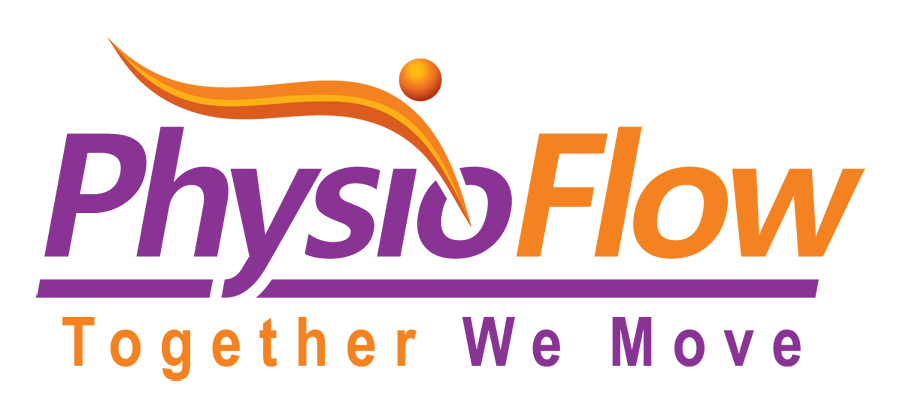Sports Injuries Treatment Thornhill: Unleash Your Full Potential
When it comes to sports and physical activity, injuries are an unfortunate reality that many athletes and fitness enthusiasts face. At PhysioFlow, we specialize in the treatment, and prevention of sports injuries, helping you return to your peak performance levels. Whether you're a professional athlete, a weekend warrior, or someone who enjoys an active lifestyle, our team of experts is dedicated to providing you with the highest quality care.
Sports injuries result from acute trauma or repetitive stress associated with athletic activities. Sports injuries can affect bones or soft tissue such as ligaments, muscles, and tendons.
SPORT INJURIES
The following are some common Sports Injuries we deal with at Physioflow. Click on each link to read more information about the symptoms and remedies for each pain.
Let’s Get You Back in the Game Faster
At PhysioFlow, we're committed to helping you navigate the road to recovery with comprehensive treatment plans tailored to your unique situation. Our state-of-the-art facilities and experienced team ensure that you receive the best possible care, focusing on recovery, strength, and prevention of future injuries.
Don't let a sports injury sideline you. Contact us today to schedule your appointment and take the first step towards getting back in the game.
Common Conditions, Exceptional Treatments
- Spine Pain
- Shoulder and Neck Pain
- Elbow Pain
- Wrist and Hand Pain
- Back and Hip Pain
- Knee Pain
- Ankle and Foot Pain
- Sports Injuries
Sports Injuries Treatment Thornhill FAQs
-
Immediately after sustaining a sports injury, it's crucial to follow the RICE method: Rest, Ice, Compression, and Elevation. Rest prevents further damage, Ice reduces swelling and numbs the area, Compression helps minimize inflammation, and Elevation decreases swelling by draining excess fluid. Avoid putting weight on the injured area and seek professional advice as soon as possible. Early assessment and treatment can significantly impact the speed and effectiveness of your recovery process.
-
The recovery time from a sports injury varies significantly depending on the type and severity of the injury, as well as the individual's health and adherence to their treatment plan. Minor injuries may heal within a few weeks, while more severe injuries could take months for full recovery. A personalized treatment plan, including physiotherapy and guided rehabilitation, is essential for optimal recovery. Patience and following your healthcare provider's advice closely will contribute to a more successful recovery.
-
While not all sports injuries can be prevented, you can significantly reduce your risk by following proper training techniques, wearing appropriate protective gear, and listening to your body's signals. Regular strength and flexibility training can improve your body's resilience. Additionally, ensure you warm up properly before engaging in physical activity and cool down after to prevent muscle strain. Understanding your limits and gradually increasing the intensity of your workouts can also help avoid overuse injuries.
-
Returning to sports after an injury requires a carefully planned approach to prevent re-injury. Start with low-impact exercises that gradually increase in intensity, ensuring you maintain proper form and technique. Listen to your body and back off if you experience pain. It's also crucial to continue strengthening and flexibility exercises even after you've returned to your sport to maintain muscle balance and joint stability. A phased return, where you gradually increase participation in your sport, can help your body adjust safely.









